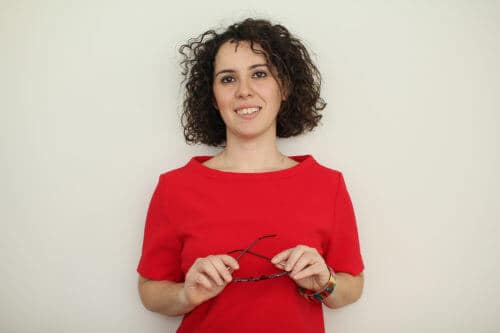What does age have to do with creative breakthroughs in science? Not much, according to new research led by Northeastern network scientist Albert-László Barabási. Rather, it is productivity and the will to keep trying that corresponds with great discoveries, whether the scientist is 20, 40, or even 70.
The research, published on Thursday in the journal Science, found that the timing of producing high-impact papers is completely random, it means that scientists can achieve success at any point in their careers—and achieve it repeatedly—as long as they keep trying.
The findings fly in the face of conventional wisdom, which typically holds that major contributions diminish with age.
What stays stable throughout a scientist’s career, however, is the magnitude of his or her impact, that is, how much influence he or she has on science at large.
“Science has an exceptional set of tools and reputation for predicting natural phenomena,” says Barabasi, Robert Gray Dodge Professor and University Distinguished Professor of Physics. “When we turn these tools to scientific careers, we observe the same degree of predictability: an ability to quantify the evolution of scientific careers. Understanding the laws and the patterns that govern our careers could significantly enhance scientific output. It may also help identify and nurture individuals who are poised to make big discoveries and encourage the scientific community to offer them the resources and opportunity to do so.”
Disentangling luck, productivity, impact
For their study, the researchers inspected the publications of more than 10,000 scientists in seven different disciplines—from physics to chemistry, economics to cognitive science—whose careers spanned at least 20 years. To quantitatively determine what drove success, they set out to disentangle three contributing variables: luck, productivity, and magnitude of sustainable impact.
Luck, of course, came from persistence: trying again and again. “Think of buying lottery tickets or rolling a die,” says first author Roberta Sinatra, visiting research assistant professor at Northeastern and assistant professor at Central European University, in Budapest. “The more times you try, the better your chances.”
Productivity was based on how many papers each scientist had published. Sustainable impact, which the researchers called Q, reflected the number of times each paper had been cited in another study. In academic research, the more often a paper is cited, the greater its perceived impact. Hence scientists with a high Q had not only been productive throughout their careers but also had published papers that had been cited many times. Conversely, scientists with a low Q, while perhaps productive, had papers that had been cited infrequently.
“The Q factor captures a combination of ability, education, and knowledge,” says Barabasi, who directs Northeastern’s Center for Complex Network Research. “That is, how good is a scientist at picking an idea and turning it into a discovery.”
An astonishing finding
The researchers arranged every paper the scientists had published in chronological order and calculated at what point in each scientist’s career the highest-impact paper had appeared.
“We were astonished at what we found,” says Sinatra. The biggest breakthrough was just as likely to be a scientist’s first paper as his or her last one, or anywhere in between.
That’s good news for science. “What matters is not the timing of discoveries that could affect future generations but that they happened,” says Barabasi. “Understanding that good scientists, if they have the resources to stay productive, could generate future big discoveries, independent of age, is essential for us to move forward in thinking about how to boost science.” Kim Albrecht, visualization researcher at Northeastern, created an extensive data visualization of the full paper.
What was not random was the impact of the scientists’ bodies of work, that is, the consistency of how often their papers were cited by others. “A high Q combined with continued efforts provide a forecast of what’s to come,” says Sinatra. “We cannot predict when a big hit will come, but by examining Q—a stable factor—we can predict that one will likely come in the future.”
The journal Nature created a video capturing the essence of the research.
The researchers are careful to point out that they are measuring success, not performance. “This is not a measure of the quality of a scientist,” says Sinatra. “It is a mathematical parameter—a measure of how the scientific community perceives an individual’s output.” That parameter, she explains, may reflect many things in addition to the research itself, for example, the institutions where the scientist worked and studied, his or her location, and even gender.
“With this research we have separated luck and sustainable impact,” she says. “Now we need to better understand what causes Q so we can uncover any biases or inequalities in how scientists’ work is perceived.” This is a press release from Northeastern University.



“Think of buying lottery tickets or rolling a die,” says first author Roberta Sinatra, visiting research assistant professor at Northeastern and assistant professor at Central European University, in Budapest. “The more times you try, the better your chances.”
Isn’t this an oddly unscientific comment?